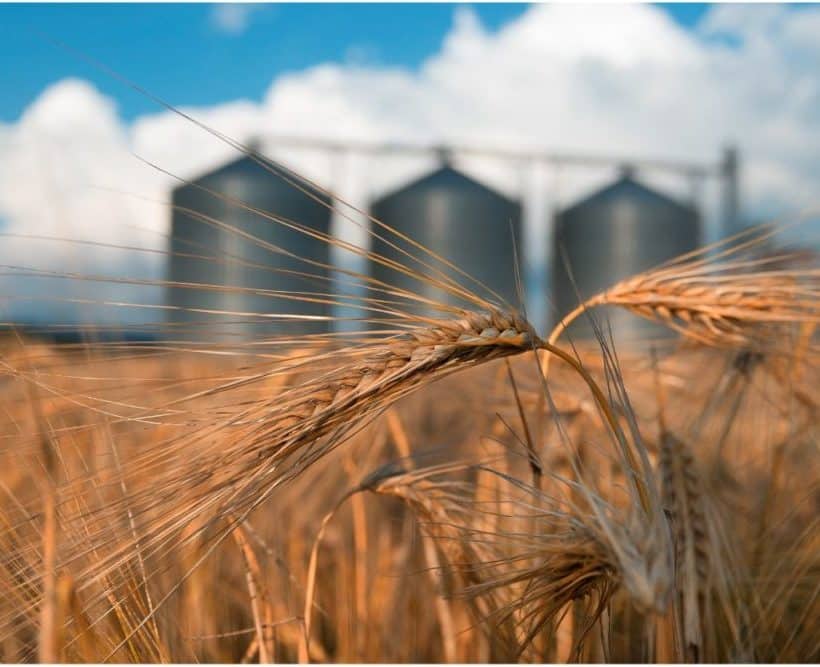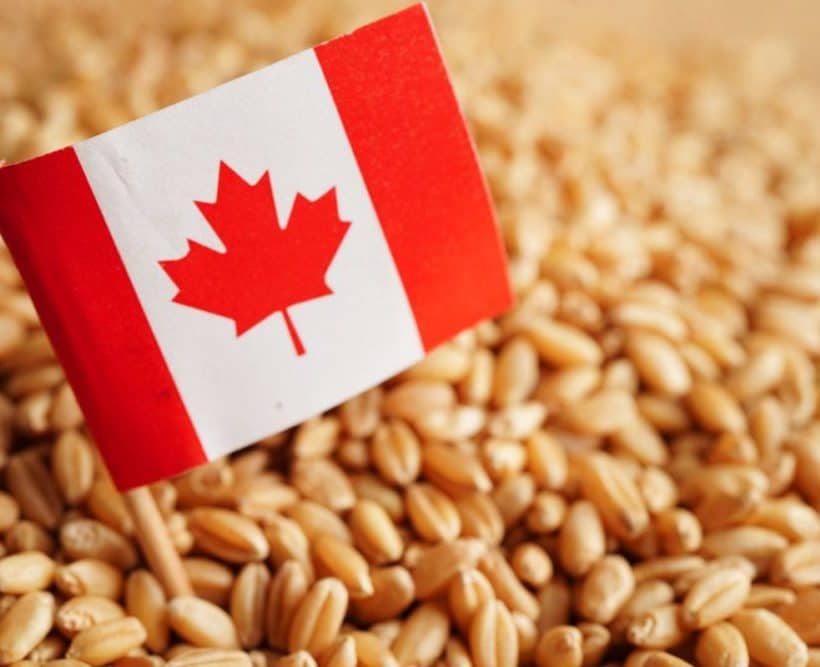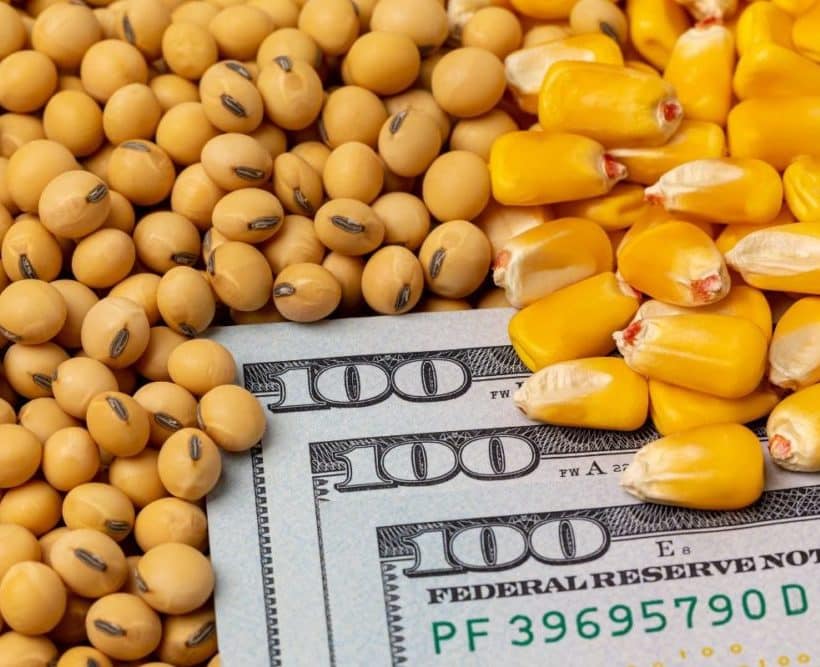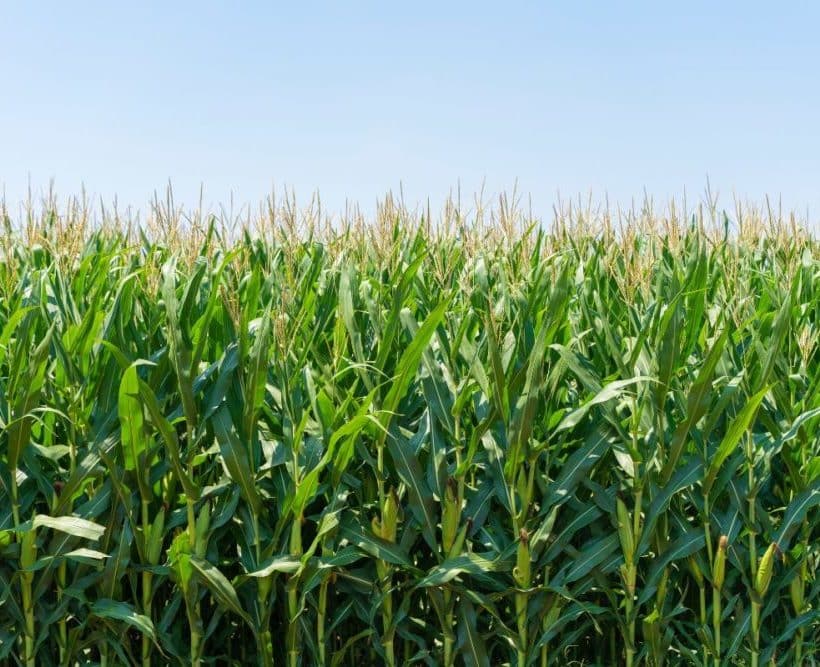Grain market review: Wheat
As harvests approach, the focus for wheat traders is increasingly on the weather, especially its impact on Russia’s crop with low moisture earlier in the year and continued cold temperatures in May. A larger crop than last year is forecast, but with prices in a long-term downtrend, wheat consumption is forecast to outstrip growth. US Wheat Associates (USW) reported in its May 14 Wheat Letter Blog that “across the Northern Hemisphere, wheat price and crop development are dominating market discussion.”
India’s wheat stocks drop to 16-year low
India’s wheat stocks in government warehouses on May 1 reached their lowest level since 2008 with a 10.3% year-on-year drop, Reuters reported. Two years of low crops resulted in the sale of record volumes to boost domestic supplies and lower local prices.
US, Russia may hold key for bullish market
A ridge of high pressure evolved recently over the heart of Russia’s grain production region grabbing some attention in the commodity trade. Ridges of high pressure aloft over Russia tend to occur in years of El Niño to La Niña transition. Sometimes a similar ridge of high pressure evolves over the central United States impacting the Great Plains, western Corn and Soybean Belt and the southeastern Canada Prairies with drier and warmer-than-usual weather. Producers and traders who are looking for…
Larger second crop to boost Argentina’s soy production
Argentina’s soybean production is expected to increase in 2024-25, with a larger planted second soy crop, according to a report from the Foreign Agricultural Service (FAS) of the US Department of Agriculture (USDA). Production is estimated at 51 million tonnes, up 1.5 million tonnes from the previous harvest. Soybean planted acreage is forecast to increase to 17.8 million hectares with an increased second soy crop planting due to fears of a dry year and the potential threat of the chicharrita…
Canada may see 5% boost in wheat output
Canada’s grain output in the upcoming marketing year is forecast to increase by nearly 5%, boosted mainly by a surge in wheat production, according to a report from the Foreign Agricultural Service (FAS) of the US Department of Agriculture. The FAS, which issued the Global Agricultural Information Network report on April 24, forecasts a 5.4% increase in Canadian total wheat production to 33.7 million tonnes in 2024-25, slightly higher than the five-year average. Overall grain production is seen increasing by…
Argentina investing in new grain port
The Argentine government said it plans to invest approximately $550 million to build a new grain port in the Rosario region. The region is considered a vital agricultural center for Argentina, accounting for more than 80% of the country’s agricultural and agro-industrial exports.
CoBank: Grain, oilseed prices continue to slide
Grain and oilseed prices continued to slide last quarter under pressure of a strengthening US dollar, arrival of the South American harvest and plentiful domestic inventories, according to a new quarterly report from CoBank’s Knowledge Exchange. Corn, grain sorghum, barley and oats all saw major reductions since last year, while soybeans, cotton, spring wheat and durum wheat each experienced increases, the report said.
Grain market review: Coarse grains
Short covering by funds, in the absence of new bearish news, sparked a small-scale recovery in maize (corn) prices, following recent declines. The European Confederation of Maize Production (CEPM) in its March 19 Corn Market publication said, “US maize prices continue to consolidate with a second consecutive week of gains, following 10 weeks of continuous declines between early January and Feb. 20. This is due to a more cautious attitude on the part of non-commercial funds, which are covering part…
Focus on Saudi Arabia
Saudi Arabia produced nearly double the wheat expected in the 2022-23 marketing year and is on track for similar results in 2023-24 as government purchase prices remain high. Production totaled 1.18 million tonnes in 2022-23 and is estimated at 1.2 million tonnes in 2023-24, according to a report from the Foreign Agricultural Service (FAS) of the US Department of Agriculture (USDA). The government offered a purchase price of $466.70 per tonne.
Cargill offers canola program in Canada.
With a rising interest in canola as a renewable fuel feedstock, Canadian growers will be able to access new and growing markets through the Cargill Power Canola program, which will begin enrollment this month for the 2024 crop year. Canada’s Clean Fuel Regulations, the US Renewable Fuel Standard and the 2BS voluntary sustainability program in the European Union recognize canola as a low-carbon intensity feedstock for biofuels when grown using sustainable practices. Cargill Power Canola provides growers access to these…










